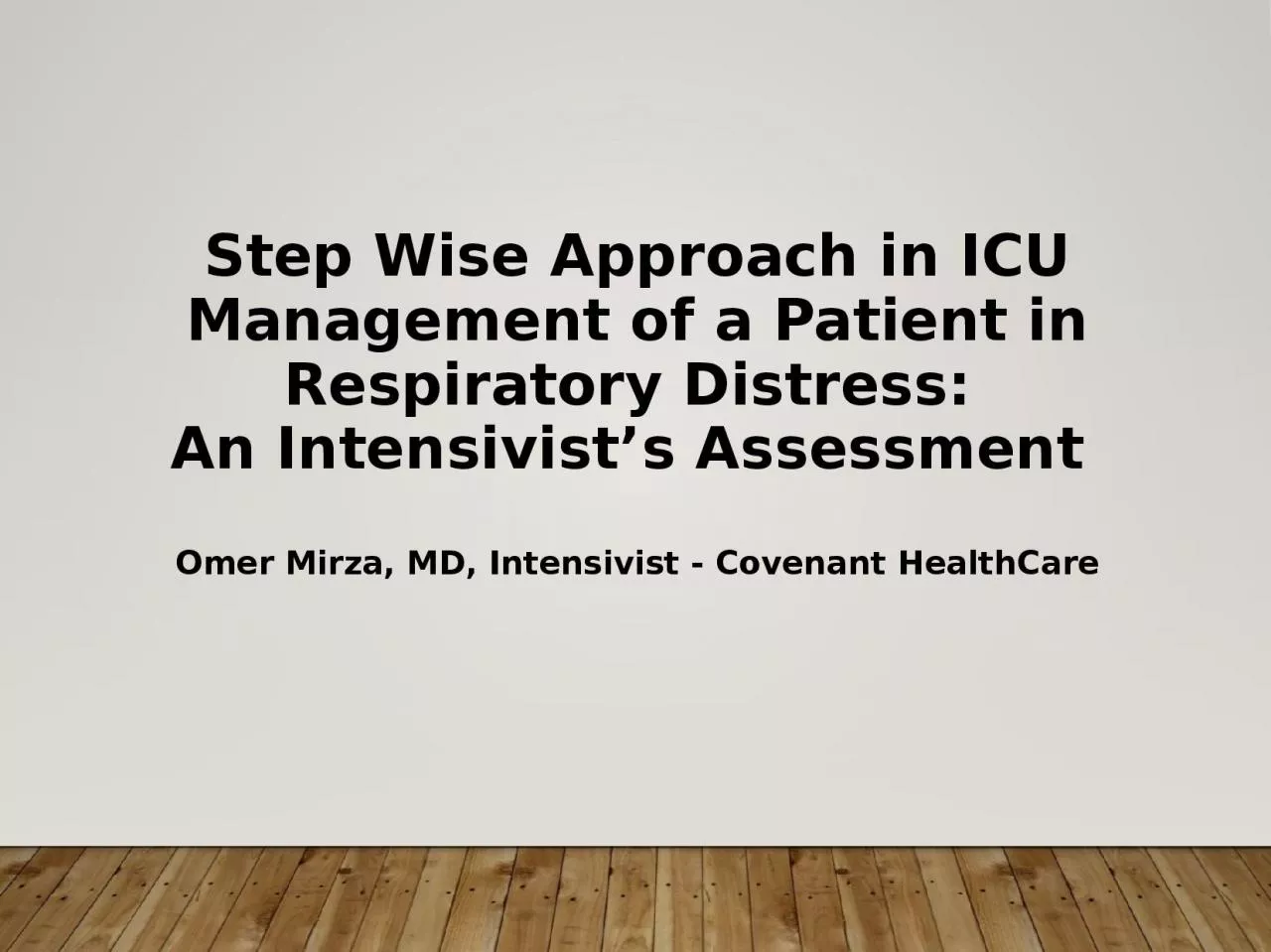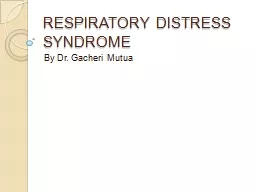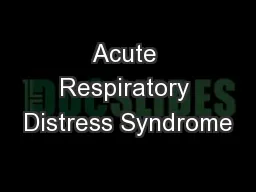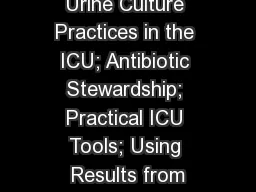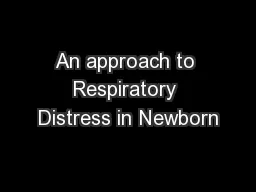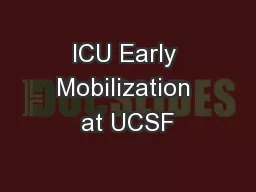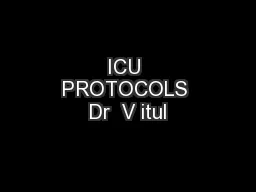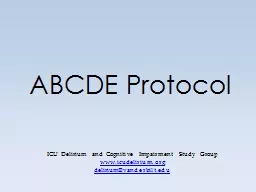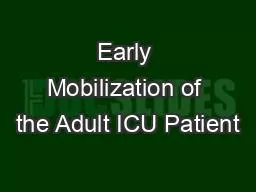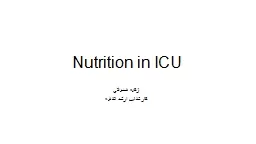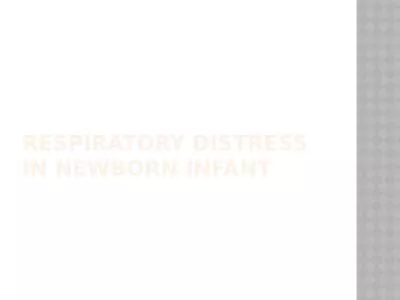PPT-Step Wise Approach in ICU Management of a Patient in Respiratory Distress:
Author : smith | Published Date : 2024-03-13
An Intensivists Assessment Omer Mirza MD Intensivist Covenant HealthCare a thing to remember An education isnt how much you have committed to memory or even how
Presentation Embed Code
Download Presentation
Download Presentation The PPT/PDF document "Step Wise Approach in ICU Management of ..." is the property of its rightful owner. Permission is granted to download and print the materials on this website for personal, non-commercial use only, and to display it on your personal computer provided you do not modify the materials and that you retain all copyright notices contained in the materials. By downloading content from our website, you accept the terms of this agreement.
Step Wise Approach in ICU Management of a Patient in Respiratory Distress:: Transcript
Download Rules Of Document
"Step Wise Approach in ICU Management of a Patient in Respiratory Distress:"The content belongs to its owner. You may download and print it for personal use, without modification, and keep all copyright notices. By downloading, you agree to these terms.
Related Documents

